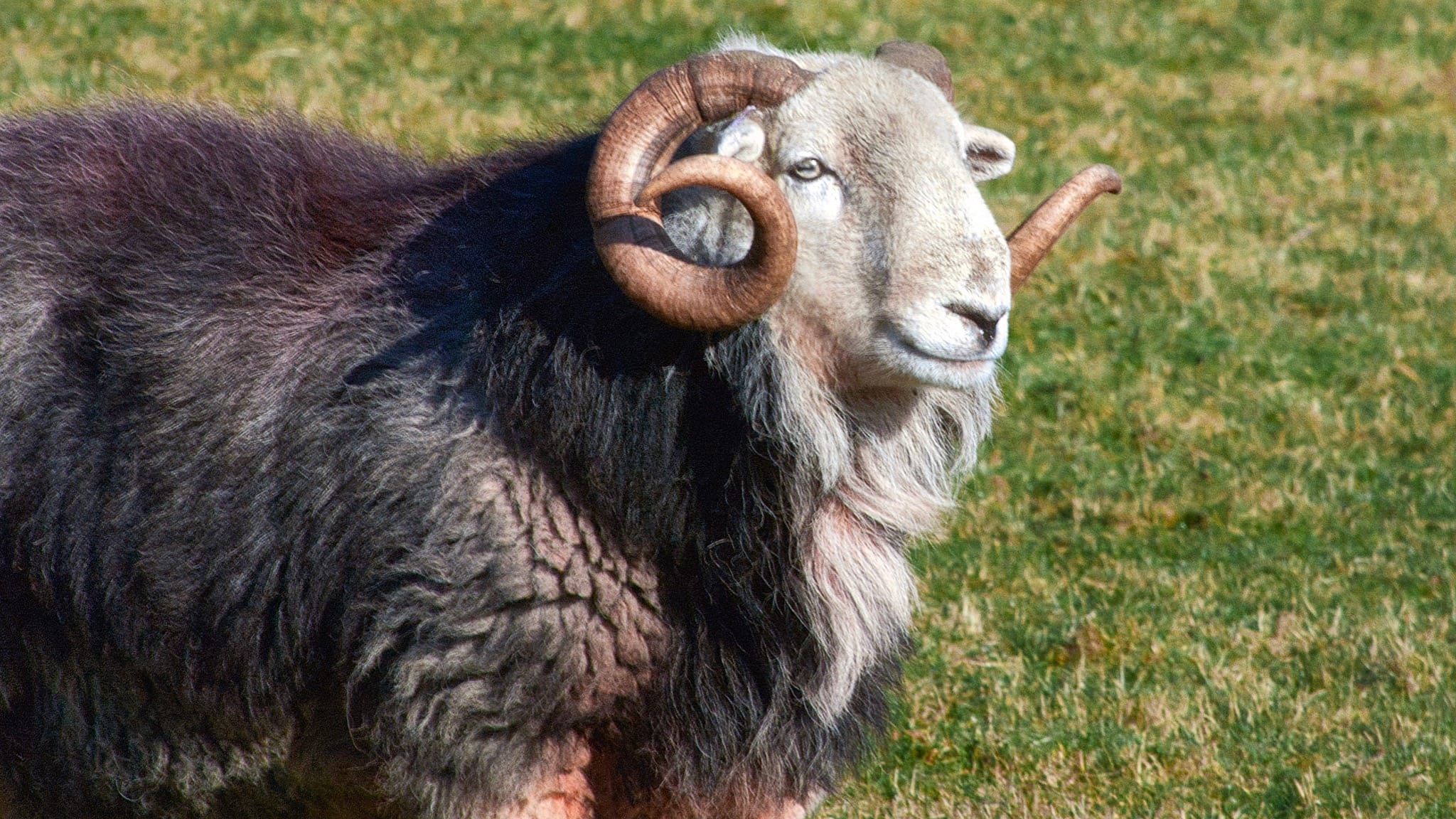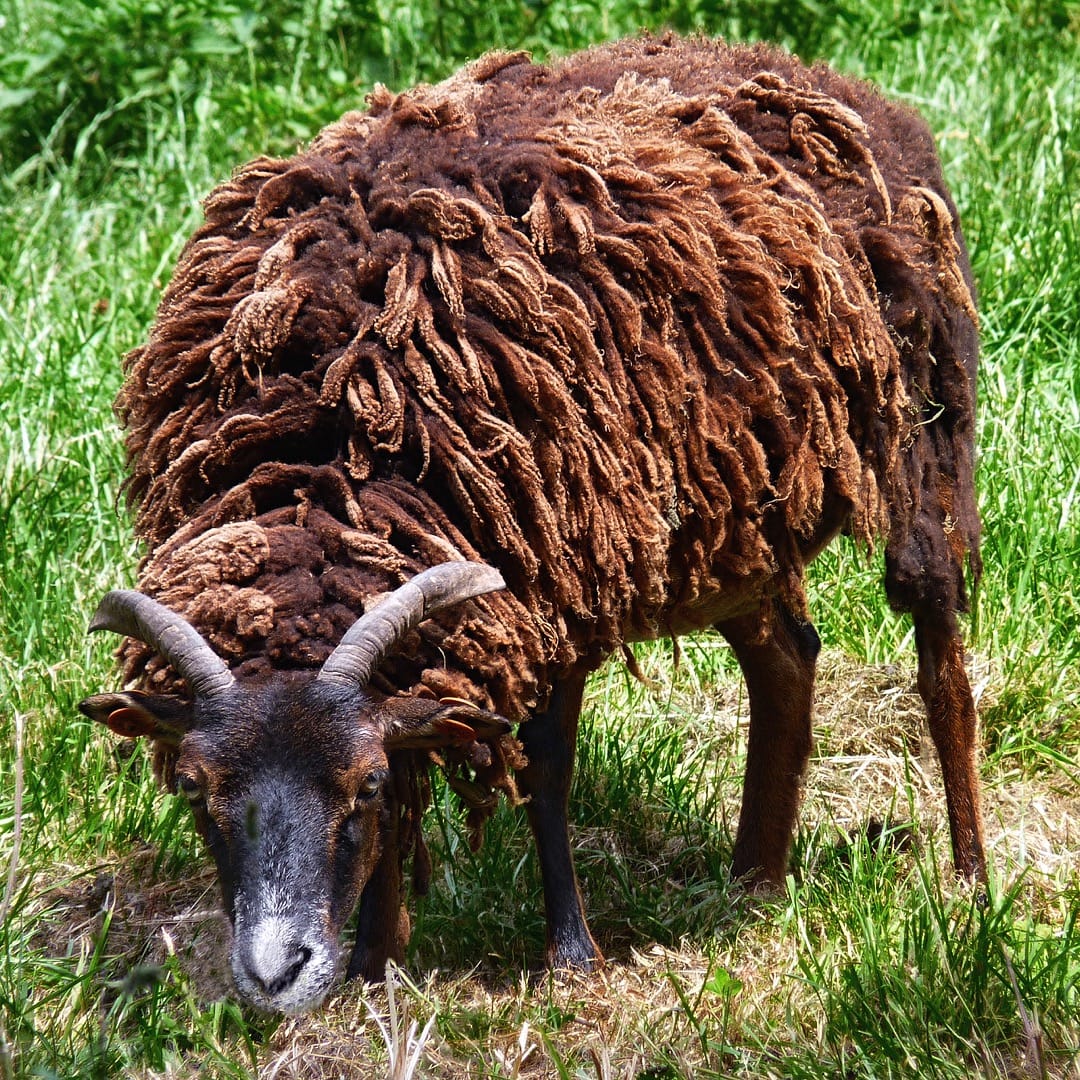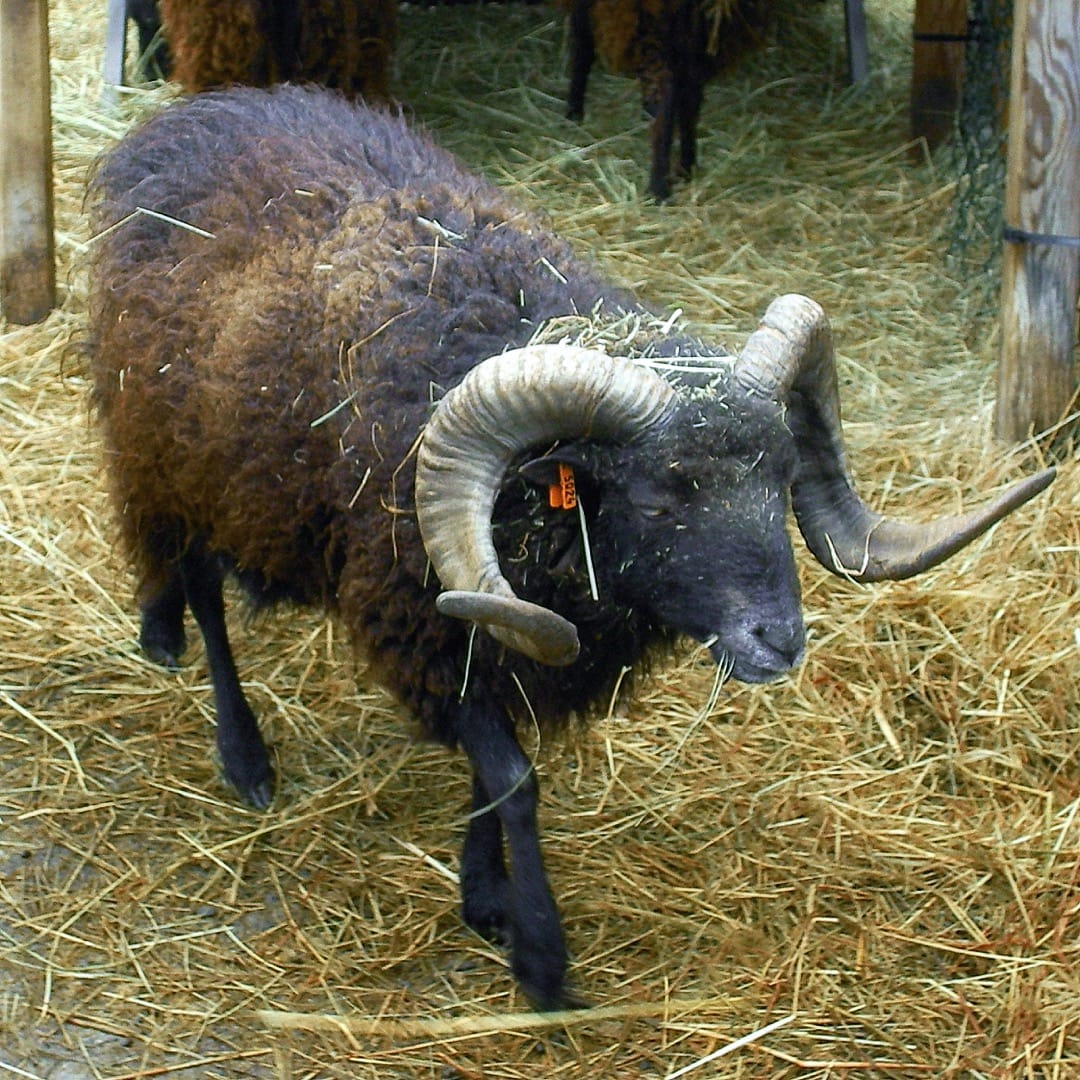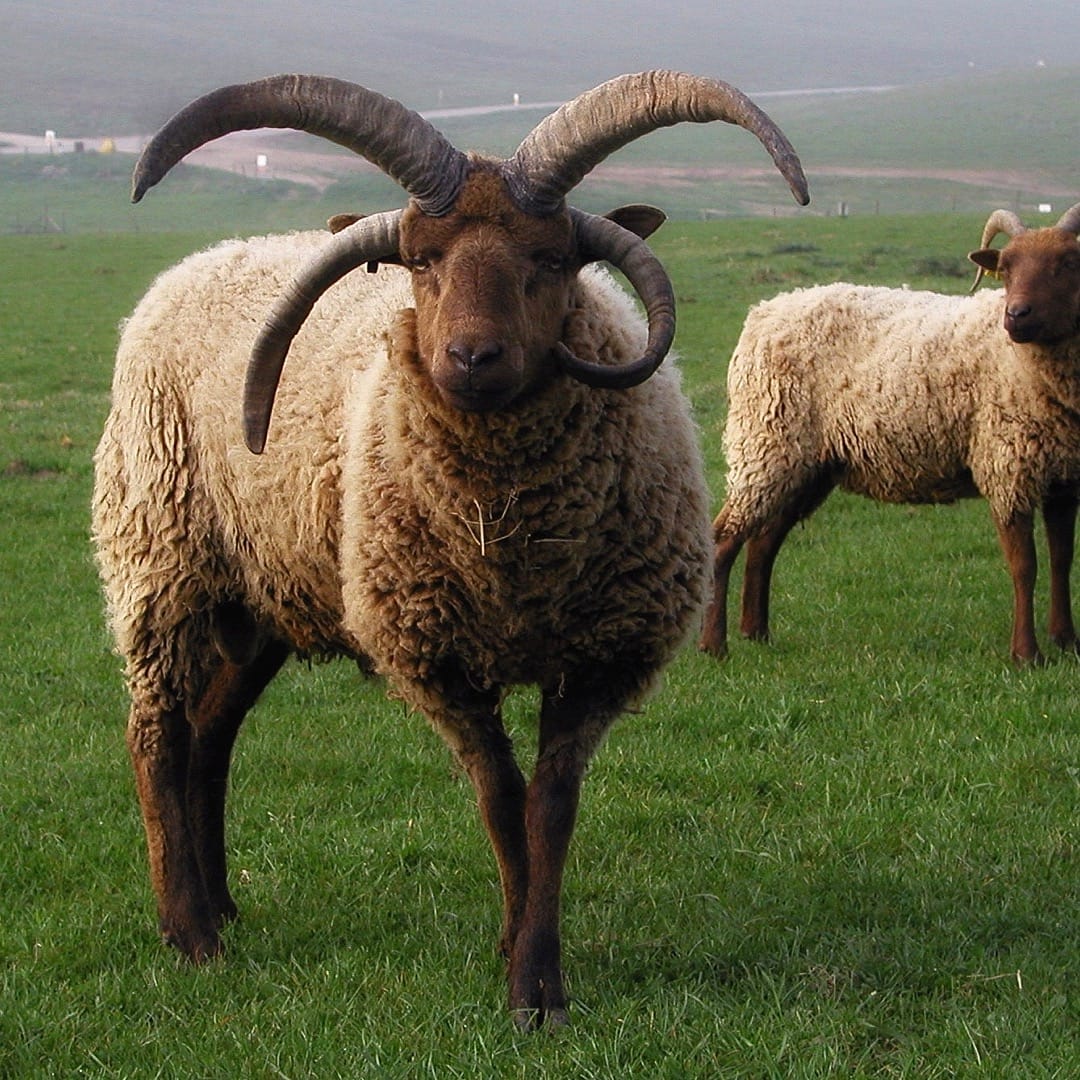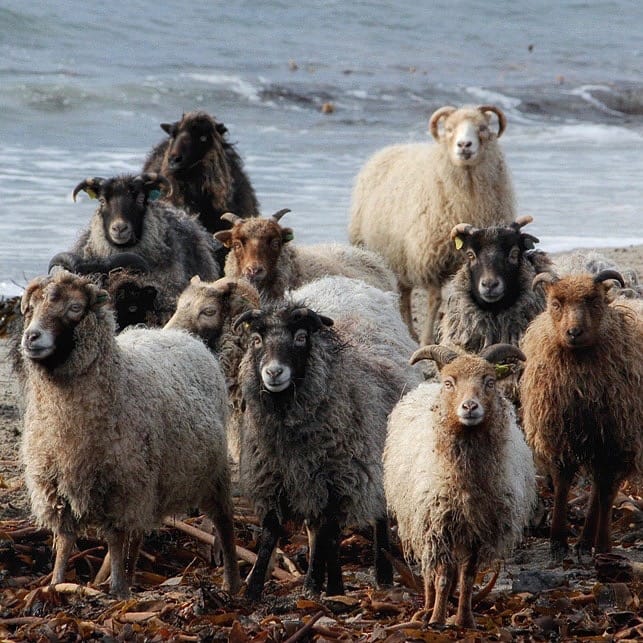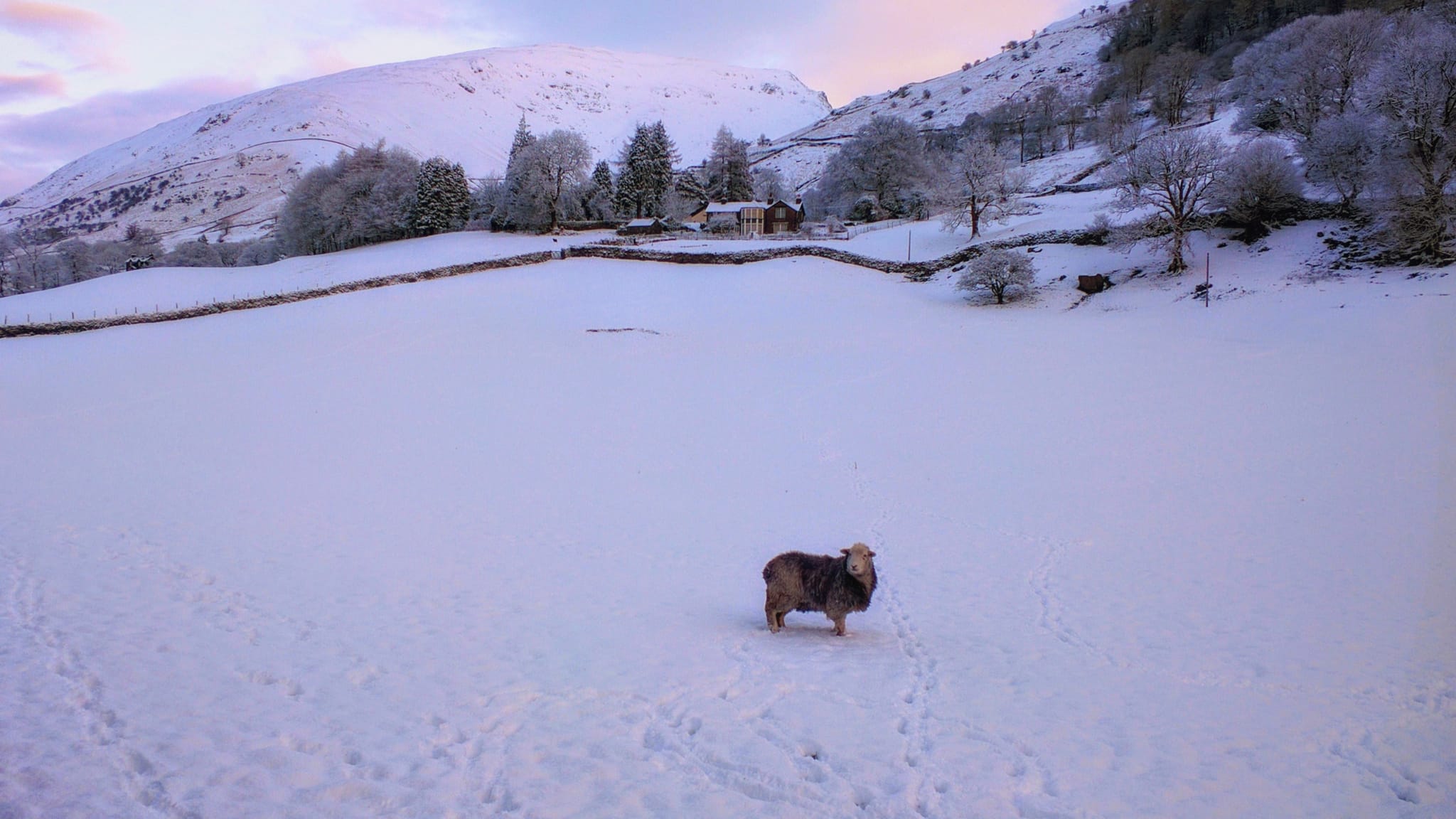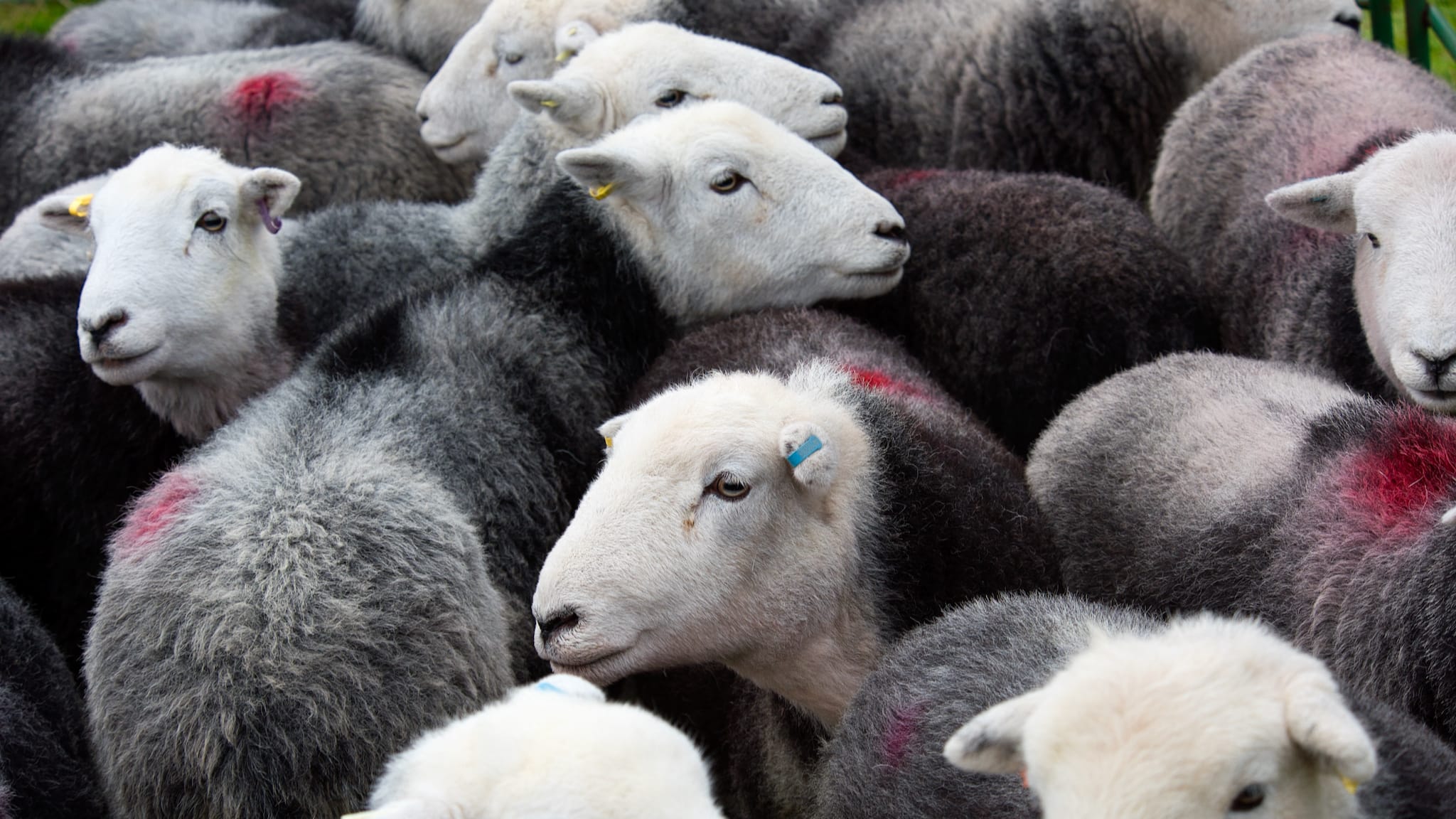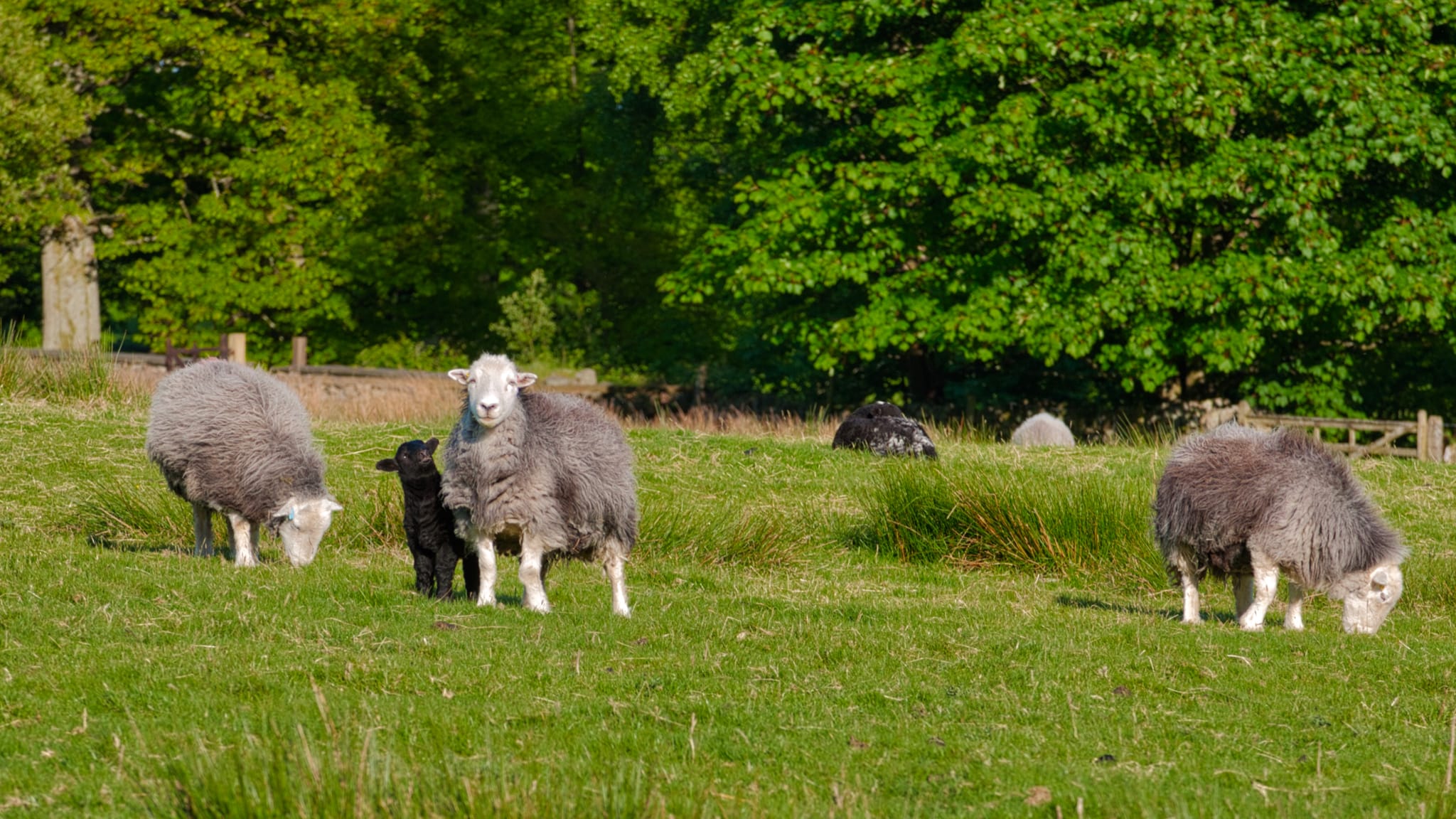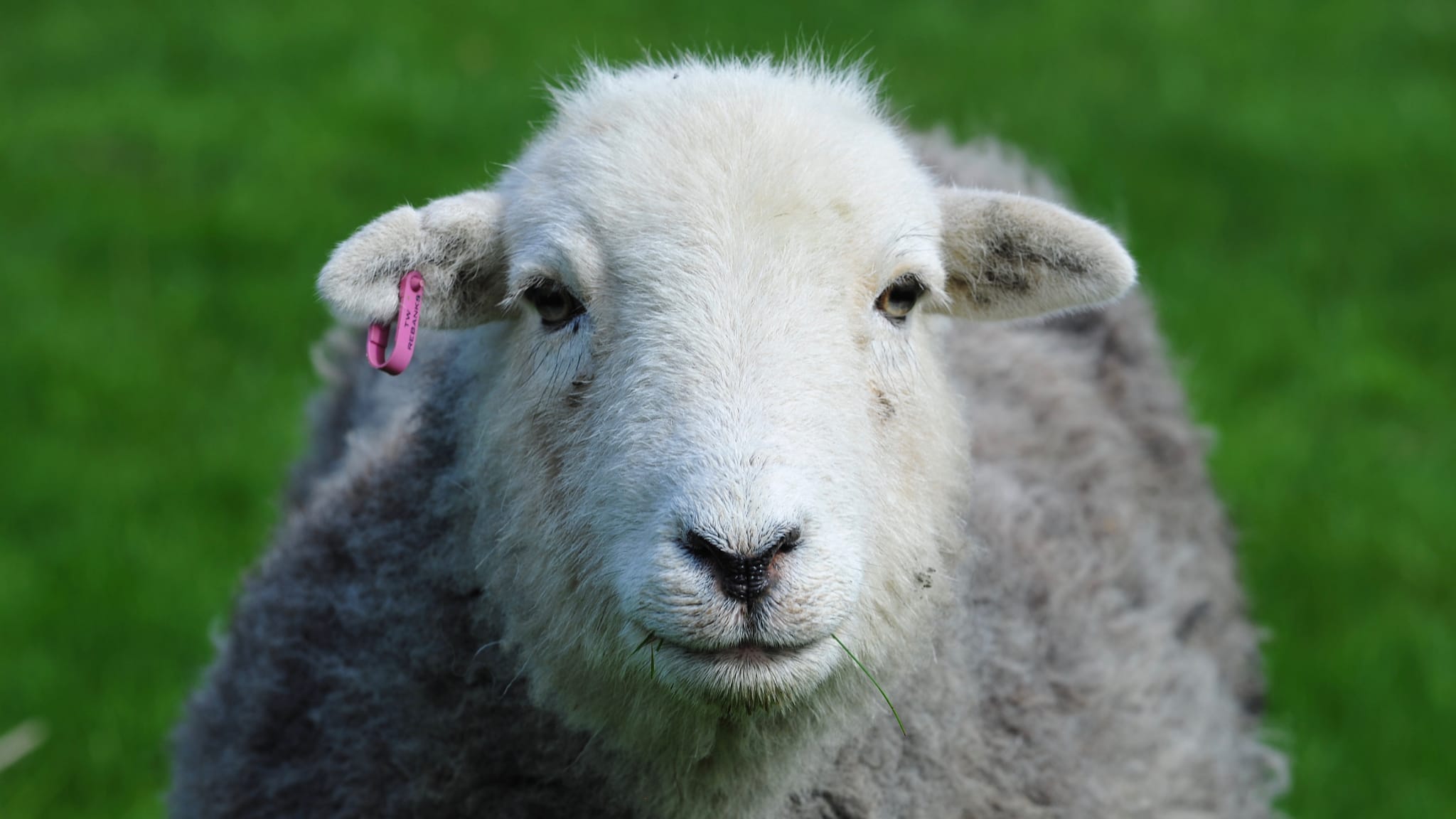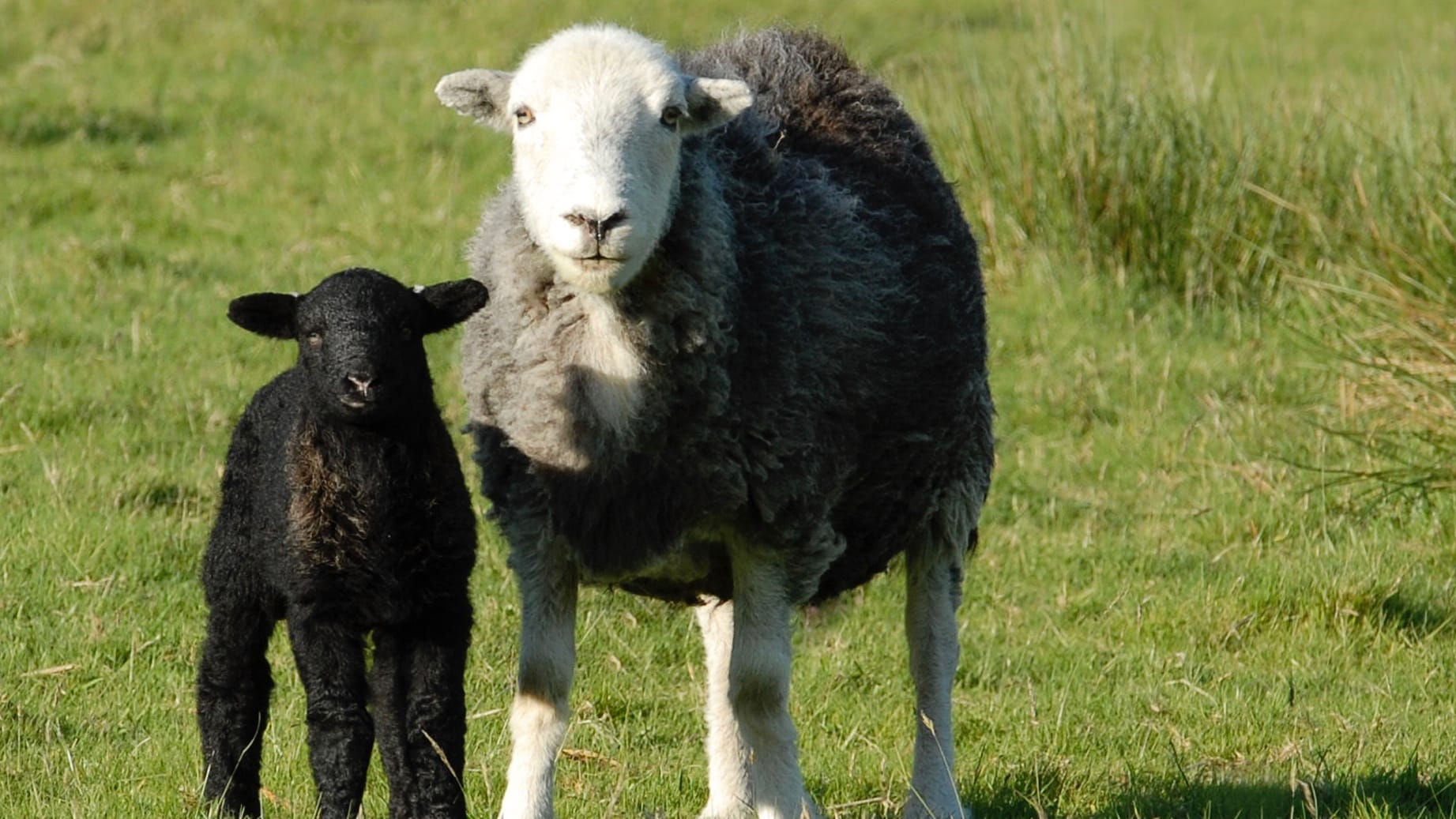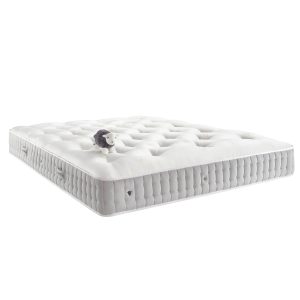Further reading: Lambing Time
Herdwicks start lambing a little later in the season than most other breeds; usually around the start of April. The reason is simple: the season for growing grass in the Lake District is short, so tupping and lambing is timed in order for Herdwick lambs to be born just as the grass starts to grow.
Most ewes lamb in the first 2–3 hours of daylight, so the mornings become a blur of running round ensuring that things are OK. When the ewe’s waters break it’s fairly safe to leave them alone for maybe an hour to lamb naturally, then return and check all is well. Too much interfering can make matters worse, too little and lambs can die or be abandoned.
The older ewes know exactly what they are doing, and many will lamb themselves in a sheltered place and get their lambs suckled. Some of the younger ewes get confused and stressed, and are a bit hopeless. They might lamb in exposed, wet, and windy places, not let their lambs suckle, or can even be scared by their own lambs and run away. Though Herdwicks have more native sense than most modern breeds, they still need skilled shepherding in this hard country.
When the lambs are born the first few hours are critical to their prospects. It’s essential that they get enough of the yellow creamy colostrum milk that carries the antibodies and nutrition they need. Thankfully, Herdwicks are full of vigour and get-up-and-go. Within minutes many lambs are on their feet, but they are also quite capable of stumbling into a beck or stream so shepherds sometimes move them and their mothers to convenient sheltered places where they can’t get into bother. Any lambs that aren’t full of milk will be brought back to the barns and tubed with milk from their mother (or artificial substitute).

